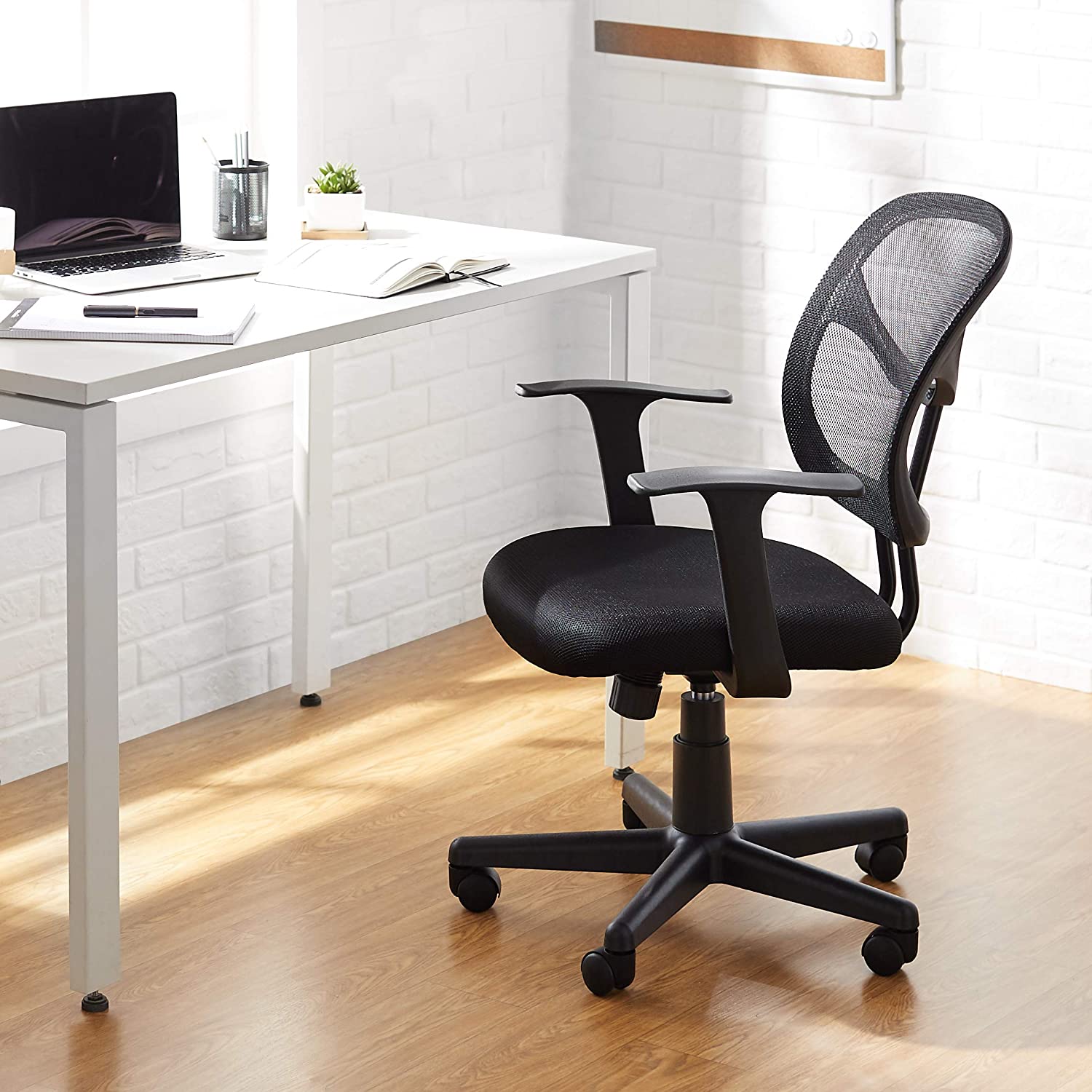Space-Saving Design and Functionality: Best Small Space Office Chair

The relentless march of urban density and the increasingly precarious nature of homeownership have forced a reconsideration of even the most mundane aspects of domestic life. The humble office chair, once a symbol of corporate excess, now finds itself under intense scrutiny for its space-hogging tendencies. The demand for efficient, compact seating solutions is no longer a niche market; it’s a necessity driven by pragmatic realities. This necessitates a critical examination of design innovations aimed at maximizing functionality within minimal square footage.
Innovative design elements are crucial in optimizing space efficiency for small space office chairs. Manufacturers are increasingly employing compact footprints, achieved through clever engineering and the strategic minimization of unnecessary bulk. Foldable designs, allowing chairs to be easily stored away when not in use, represent another significant advancement. These designs often incorporate lightweight materials and streamlined silhouettes, contributing to their overall space-saving capabilities. The result is a chair that disappears when needed, reclaiming valuable floor space in tight quarters.
Comparison of Space-Saving Chair Types
The space-saving benefits of different chair types vary considerably. Armless chairs, for instance, boast significantly smaller footprints than their counterparts with arms. A typical armless chair might occupy a space of 20 inches wide by 24 inches deep, while a comparable chair with arms could easily require 26 inches wide by 28 inches deep. This seemingly small difference translates to significant space savings, especially in cramped environments. Stacking chairs, capable of being neatly piled on top of each other, offer an additional layer of space efficiency. When not in use, a stack of four stacking chairs could occupy the footprint of just one chair, offering a dramatic space-saving advantage in storage. However, stacking chairs often sacrifice comfort and ergonomic support for their space-saving qualities.
Integration of Small Space Office Chair Designs
The successful integration of a small space office chair hinges on its ability to seamlessly blend into the overall aesthetic of the home office. A sleek, minimalist chair might be ideal for a modern, contemporary workspace, while a more traditional design could complement a classic or vintage setting. The advantages of such seamless integration are obvious: a unified, visually appealing space that enhances productivity and minimizes visual clutter. However, a disadvantage could be the limited stylistic options available within the compact design parameters. A highly specialized design might compromise on comfort or adjustability to maintain its small footprint.
Visual Representation of a Small Home Office, Best small space office chair
Imagine a small home office, approximately 8 feet by 10 feet, with a minimalist aesthetic. The walls are painted a calming light grey, and natural light streams in from a large window. A compact, foldable armless office chair (dimensions: 18 inches wide x 22 inches deep) sits tucked neatly under a floating desk, which is only 4 feet wide and 2 feet deep. The desk is made of light oak and features a built-in drawer for storage. A simple, adjustable LED desk lamp provides task lighting. The floor is covered in a light-colored, low-pile carpet, contributing to a sense of spaciousness. A small, vertically oriented bookshelf occupies a corner, adding storage without overwhelming the space. The overall impression is one of clean lines, efficient use of space, and a calming, productive atmosphere.
